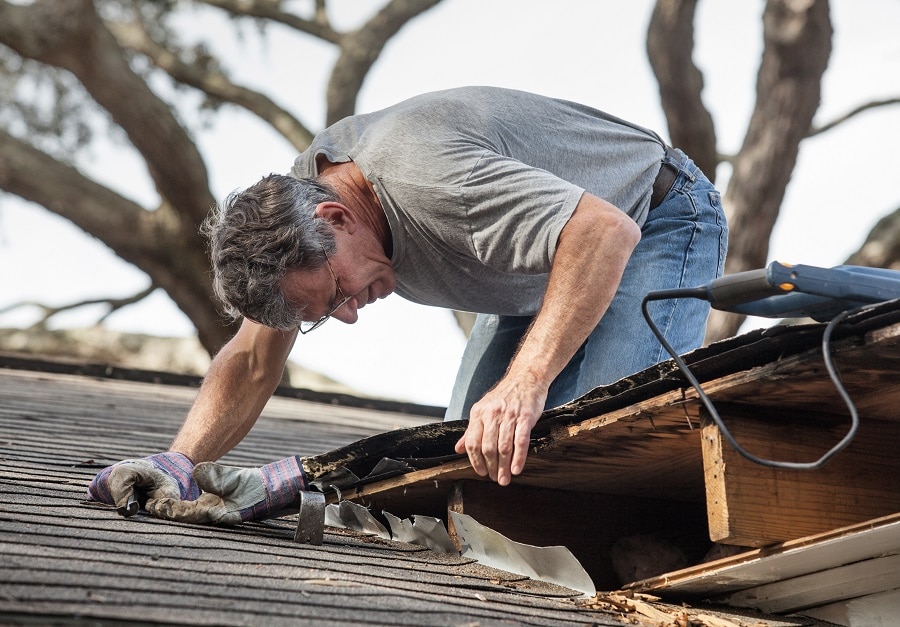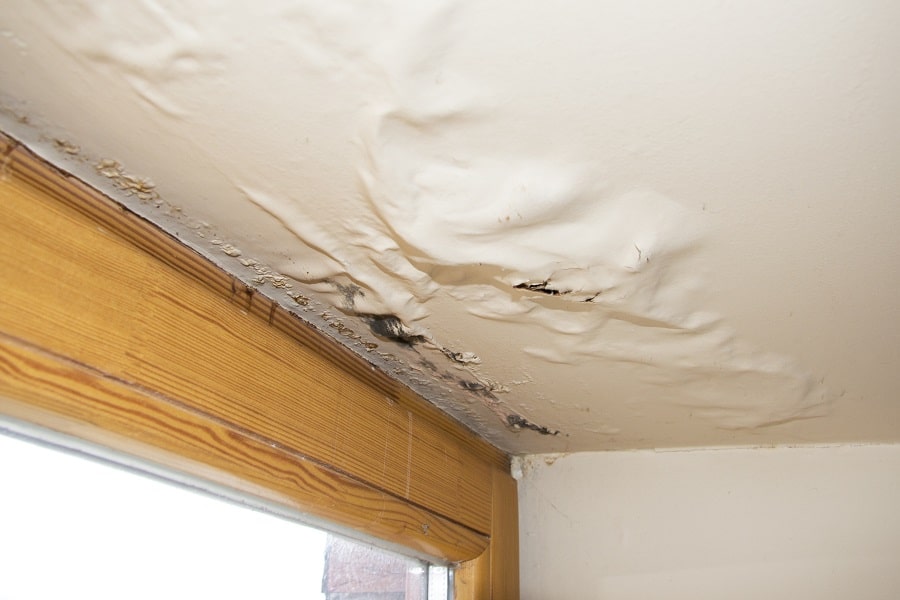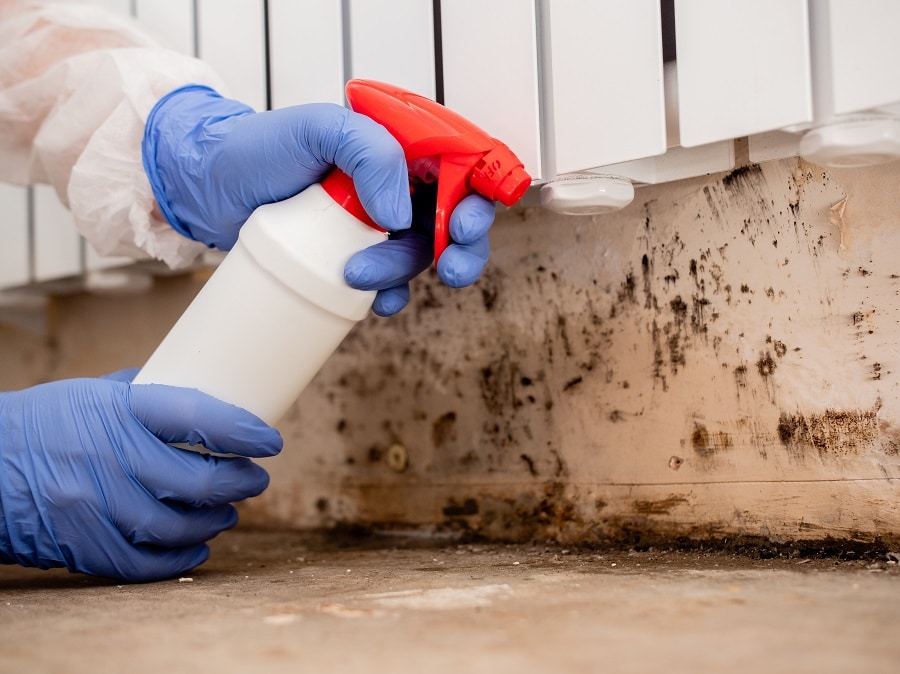When we consider any building, regardless of its age, any timber decay within the building is often caused by rot. Wood rot is identifiable in two common forms: wet rot and dry rot, both caused by fungal decay in building timbers.
What is Wet Rot?
Wet rot refers to a parasite known to thrive in wet timber. It alters the structure of the timber, causing swelling and separating its fibres, which leads to crumbling and loss of strength in the structure. Wet rot can expedite decay in timber, making it lose structural integrity and to eventually break. Exposure to sources of moisture is the root cause of wet rot in structural wood. This exposure could be in the form of penetrating damp from the ‘wet’ side of the building or faulty plumbing. Wet rot is a fungus, it will spread to timbers in the vicinity of the source and cause damage.
Our Guarantee
- upto 30 year guarantee
- customer focused team
- 20 years combined experience
- portfolio of satified customers
- attention to detail
- Construction line accreditation
- public liability insurance
- CHAS accreditation
What is the Difference Between Dry Rot and Wet Rot?
Dry rot can cause quick and extensive damage to structural timber as it circulates the affected property. Meanwhile wet rot, despite being a more common occurrence, causes less damage; decay is typically restricted to the areas that remain wet on the timber. When fungi are absent, dry and wet rot can be differentiated by considering the difference in timber colour and the extent of damage noticed on the timber according to the progression of either type.
What causes Wet Rot?
Certain environmental conditions influence the emergence of wet rot spores. Moist timber is arguably the chief cause of wet rot. Moisture expedites the progression of wet rot fungi. As a result, signs of decay become visible on the timber.
The Dangers of Wet Rot in Southwick
Wet rot is a devastating problem. It can destroy your home and ruin its value. Wet rot must be treated immediately it is noticed, or it will spread throughout your home. A recent survey asked 2,038 homeowners in London if they had ever experienced wet rot in their homes, where they noticed it, and whether they were able to prevent a recurrence.
The results were appalling – over 20% of the respondents had noticed wet rot in some form or the other. Wet rot damages timber floors and can even affect the building’s structural integrity. Besides the costly repair work required to get rid of wet rot, it can also reduce your property’s value, and many insurance firms do not provide coverage for houses where there is moisture ingress and damp build-up.

What are the Warning Signs of Wet Rot?
The progression of the fungus from its appearance to become a pervasive issue depends on the moisture it is exposed to. Some noticeable signs include a musty smell, wallpaper peeling, the central heating boiler malfunctioning, and cookers not working properly. Some of the common spots where wet rot is found include external walls, roof spaces/attics, and underneath the kitchen sink. Wet rot typically attacks older buildings constructed using timber frames rather than modern species such as Meranti and Sapele. Timber below ground level up to one-floor is also susceptible to wet rot. Identifying it when it appears is the first step towards getting rid of wet or dry rot. If you notice any signs of wet rot infestation, then you should carry out a damp survey as soon as possible.
Call Our Sussex Damp Experts team now for quote, consultation and advice:
Call on 01273 257 765.
How and When Should I Look for Wood Rot?
It should be conducted annually. Similar to spring cleaning, you need to inspect your home for telltale signs of wood rot or damp, and the period reserved for weatherproofing activities before winter is an ideal time to do this. You will need a long-handle screwdriver and a flashlight.
If your building has one, check the siding below and around the windows for any sign of swelling or discolouration in the wood. Wood rot can be disguised by paint, make sure you poke the siding with the screwdriver to be sure that it is solid. If the wood has a spongy feeling and the surface gives in when you touch it, then you have wood rot. Use a powerful flashlight to search for discoloured wood in the attic. Transition to the screwdriver test if you notice any. Make sure you go over the roof decking base, the joints linking wood members at the top of the roof, and at the edges of the attic where slanting rafters transition into eaves. These are prime locations for wood rot to grow in the attic.
Using the flashlight to check out discolouration on the perimeter wood plate on the concrete basement wall, study the wood in a crawl space (sill plate) or basement. Use the screwdriver test on any discoloured regions you come across. Check floors and walls for signs of discolouration underneath the sinks or water leakage around the water heater and baths/tubs.
How do we identify wet rot?
Detecting wet rot is not as simple as it might sound, many forms of the fungus affect timber differently. An excellent way to confirm rot in painted timber is to stick a knife in it, up to the hilt. Our damp-proofing specialists have tons of experience and training to detect the following:
- Localised fungal growth on timber
- The soft, spongy feel of timber; the affected area appears darker than the surrounding timber.
- The soft and spongy texture of rotting timber; the affected region often looks darker than the other parts.
- That spongy, soft feel timber gets when affected by wet rot; the affected parts are darker than the other areas.
- The spongy, soft texture of rotten timber; the infested area is darker than the other parts.
- The springy feeling that is an indicator of wet rot; the affected area is often darker than others around it.
- Crumbling of affected dry timber into particles.
- Dry timber crumbling into particles.
- The crumbling of infested timber into dry particles.
- Dried-out timber disintegrating into particles.
- The disintegration of rot-eaten timber into particles.
- Shrinking timber
- Bleaching wood in window and door frames
- Flaky or damaged paint
- A musty, damp smell
What to Do After You Detect Wet Rot?
You need to engage the help of a damp expert when you notice wet rot. The source of moisture must be identified and blocked to avoid similar cases in the future. If you need to know more about wet rot treatment, Sussex Damp Experts is ready to help! Call 01273 257 765 today to get started.
Wet Rot and Damp Proofing in Southwick

Your search for wet rot treatment and damp proofing services ends here! Call us immediately you spot any indication of damp or wet rot in timber around the house. By helping you fix the problem, you can save money on expensive repairs and also minimise the health risks attached to letting the decay progress unimpeded. Our qualified surveyors will help you identify the cause of the issue and the best steps to take in rectifying it.
Timber damp proofing, not to be confused with cosmetic treatment, refers to a maintenance strategy intended to protect the timber from decay. There are two main ways to protect the timber.
Surface treatments are never reliable; they fail and worsen the situation in due course. The only available solutions include covering the surfaces using membranes, treating or replacing the timber. If you want to speak to our experts for further information on wet rot treatment, call 01273 257 765 today and let Sussex Damp Experts help.
Wet Rot Treatment Specialists in Southwick
We have over 20 years experience in the business, we are among the premier wet rot specialists in Southwick, providing free surveys and no-commitment cost estimates to property owners in the area. Our wet rot and damp proofing experts will visit you, identify the signs of water ingress or wet rot, and then recommend the best course of action. Our experts apply advanced methods to tackle the progression of different types of wet rot in buildings.
Wet Rot Treatment in Southwick
Wet rot commonly attacks areas that remain damp due to constant exposure to moisture. Nevertheless, during treatment we don’t just get rid of the wet rot, we tackle the issue at its source. We eliminate the possibility of facing similar issues by identifying exactly how the moisture reaches the timber and blocking off all the access points. Wet rot treatment should be left to experts who can provide a comprehensive solution. Delaying treatment can lead to a steeper cost of treatment. You are best served to contact damp proofing specialists such as Sussex Damp Experts immediately you notice signs of fungi development or hyphae strands.

We have the expertise to effectively treat wet rot. Sussex Damp Experts is always willing to help, we quickly assess the source of the moisture and which areas suffered damage. Don’t wait till the timber starts falling off, call 01273 257 765 today or fill our contact form and we will reach out to you.
Our Wet Rot Treatment Process in Southwick
The more you wait, the worse the damage gets. Identifying the progress of the fungal rot early could mean the treatment will be restricted to just a small area. In circumstances where the wet rot has been allowed to take deep root in the timber, you might have to consider replacing entire timbers or carrying out major repairs. Treating wet rot involves a series of steps. The wet rot treatment should start by attacking the problem at the root; protecting the timber from contact with moisture. We take corrective action to locate and eliminate the sources of water leakage on timber including poor guttering and condensation. Inexperienced contractors and builders tend to focus on replacing the decayed wood. Such efforts are usually followed by spraying chemical preservatives on the area in question. This method will end in disaster. If you are unsure about the presence of wet rot in your building, no worries! Sussex Damp Experts is always ready to help you get rid of it and save your timber.
What happens to Wet Rot if left untreated?
Overlooking wet rot can only lead to weakened structural timber which could have dire consequences for the residents. When wet rot sets in, the timber loses its strength and will break if you poke it with a sharp object. The ultimate result is a loss of structural integrity and even possibly your building being condemned. Call Sussex Damp Experts 01273 257 765 and discuss your project with one of our wet rot treatment experts today.
What is the cost of Wet Rot Treatment in Southwick?
Rot can be devastating for any property. The type of damage done as well as the severity will determine the cost of remedial work and damp proofing to be done. However, don’t let that discourage you. With our team of professionals available to help, you will quickly realise that wet rot treatment in Southwick can be affordable. We advise you on the best course of action to protect your home and your health.
How to prevent wet rot?
At all times, wood should be kept dry to avoid cases of rot. Wood hardeners for use on timber at risk of being affected by wet rot are also an effective measure. The wood gains strength after the hardener soaks into it. The most vulnerable areas in a building are the window boxes and sills, including timber beams that haven’t been damp proofed and stand close to brickwork.
Talk to Our Wet Rot Treatment Experts Today!
Sussex Damp Experts can provide more information on wet rot treatment, call our experts on 01273 257 765 today to get started.
FAQ
Is wet rot smelly?
Is Wet Rot Capable of Spreading?
Can Wet Rot Cause Health Problems?
Is there a DIY treatment solution?




